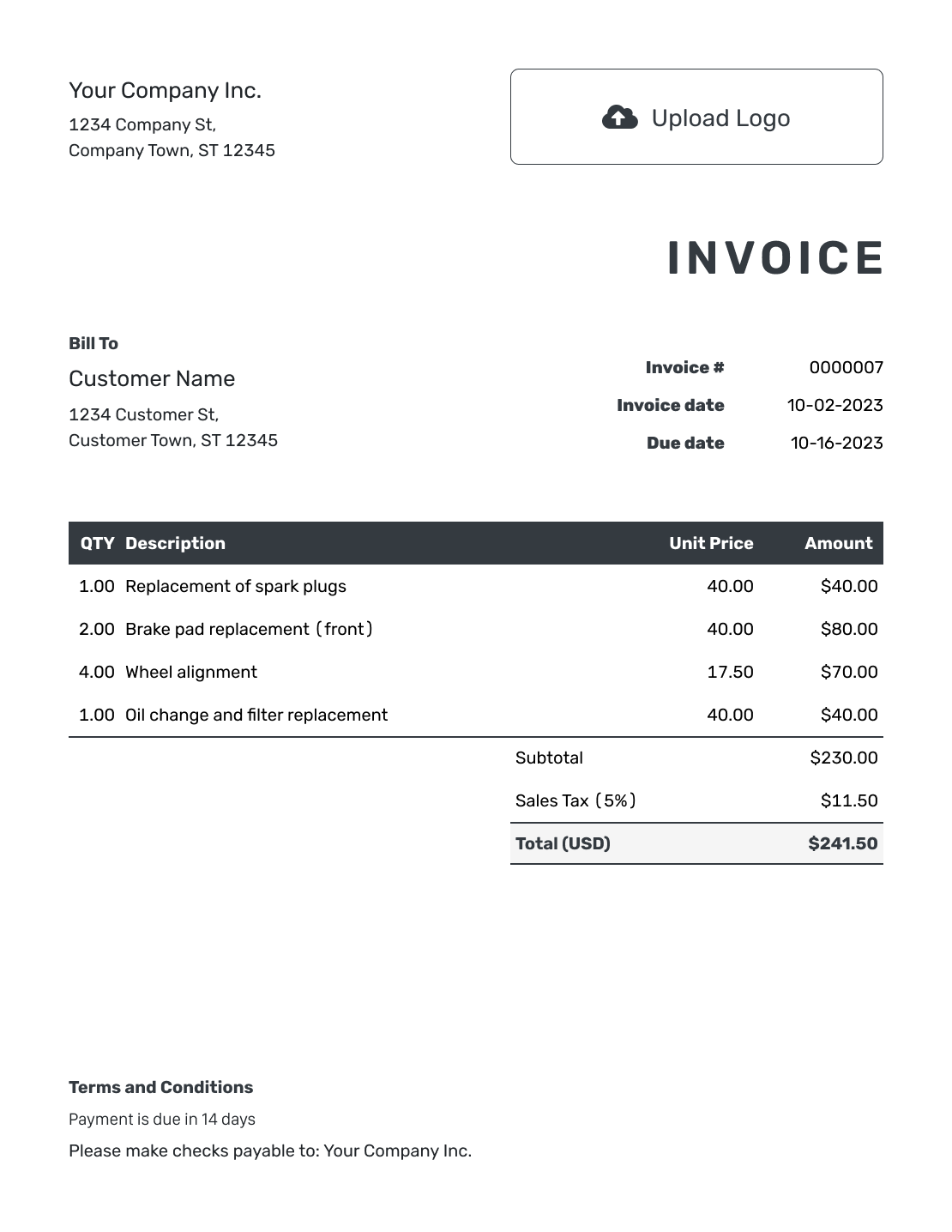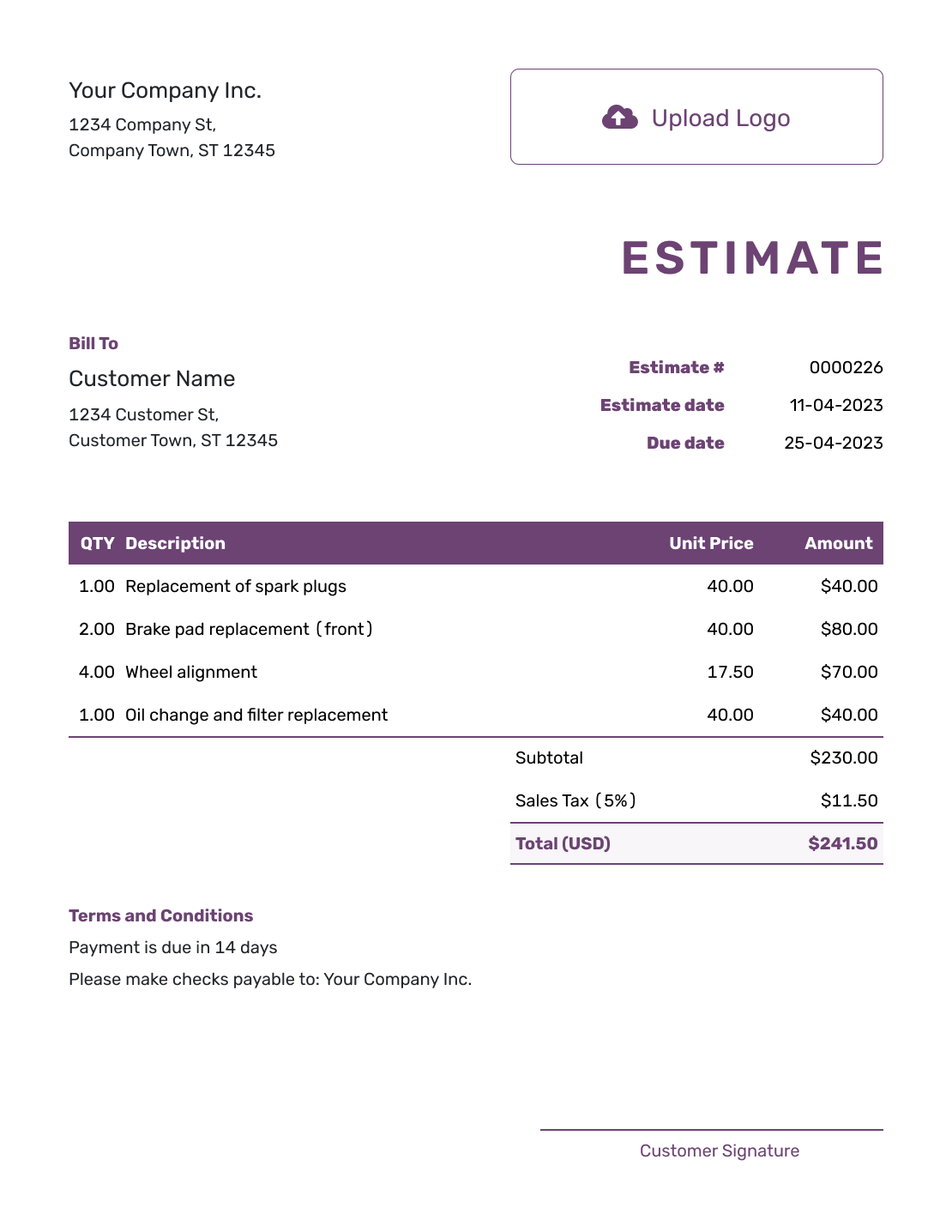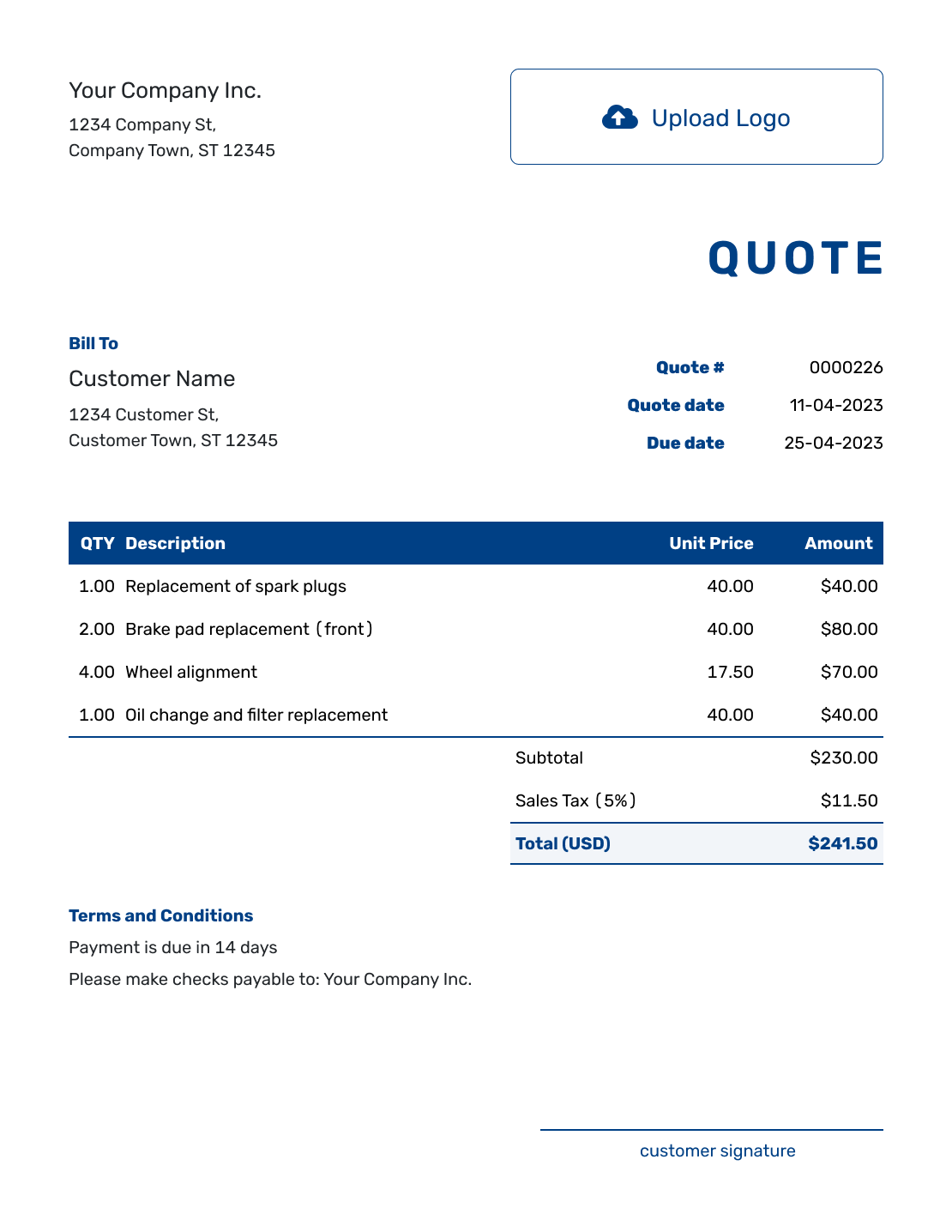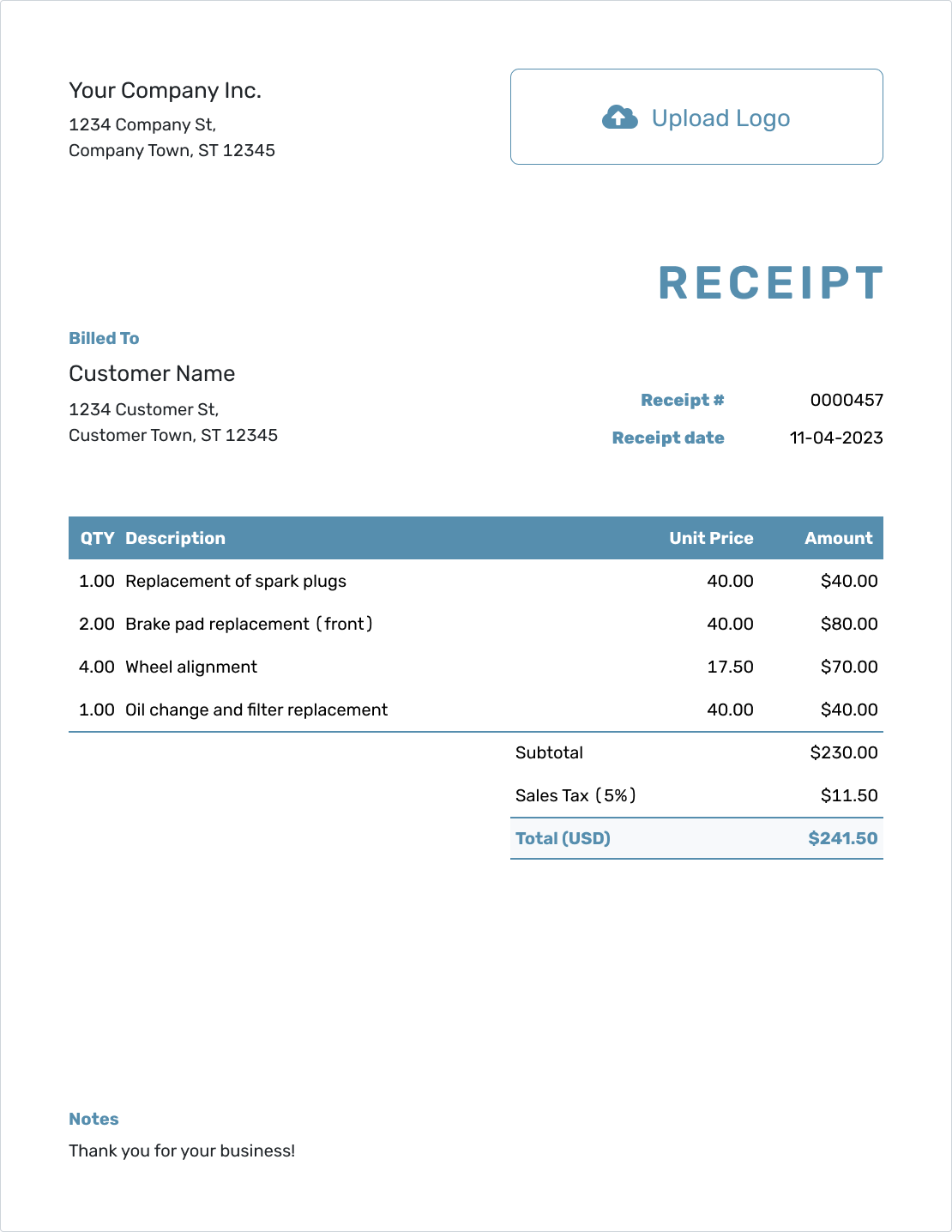Understanding
Inventory Turnover
Est. reading time: 5 min

Inventory turnover might sound a bit complicated, but it's really just about how quickly your business sells its products and replaces them. It tells you how efficiently you're managing your stock, or inventory, and whether you're selling goods fast enough to keep your shelves fresh and your cash flow healthy.
What Is Inventory Turnover?
Inventory turnover measures how many times your business sells and replaces its inventory in a certain period, like a year or a quarter. It helps you see if your products are moving at a good pace or if they are just sitting on the shelves for too long.
For example, if you own a clothing store, inventory turnover tells you how quickly you sell the clothes you purchase. The more often you turn over your inventory, the better it usually is, because it means you are selling goods and getting money back to invest in more products.
How to Calculate Inventory Turnover
Calculating inventory turnover involves a simple formula that compares the cost of goods sold to your average inventory. Here is how the formula looks:
| Inventory Turnover = | Cost of Goods Sold |
| Average Inventory |
Let’s say your business has a cost of goods sold of $50,000 for the year, and your average inventory value during that year was $10,000. Your inventory turnover would be:
| Inventory Turnover = | $50,000 |
| $10,000 |
This means your inventory turnover is 5. In simple terms, you sold and restocked your inventory five times during the year.
Why Inventory Turnover Matters
Inventory turnover is important because it tells you if you are managing your stock effectively. A high inventory turnover rate generally means you are selling your products quickly, which is great for cash flow and means less risk of your goods becoming outdated or spoiling (if they are perishable).
On the other hand, a low turnover rate can indicate problems. It might mean that your products aren’t selling as well as expected, possibly because of overstocking, poor pricing, or simply a lack of customer demand. This can lead to tied-up money that could have been better used elsewhere.
Knowing your inventory turnover helps you make smarter decisions. For example, if your turnover is too low, you might consider offering discounts to move your products more quickly or buying less inventory at a time. On the other hand, a higher turnover rate can show that your pricing, product selection, and marketing strategies are working well.
The Docelf Advantage
Docelf makes it easy to stay organized with your inventory management by helping you keep track of your sales and expenses. With Docelf, you can:
- Create Invoices: Send professional invoices to your customers in minutes, ensuring smooth transactions.
- Generate Quotes and Estimates: Provide detailed and clear quotes to your customers, making it easier to win new business.
- Stay Organized: Keep all your invoices, estimates, and quotes in one place, making it easy to see how your inventory and finances are performing.
Ready to manage your inventory and finances with ease? Docelf is here to help you stay on top of your business and keep things running smoothly. Try Docelf today!




